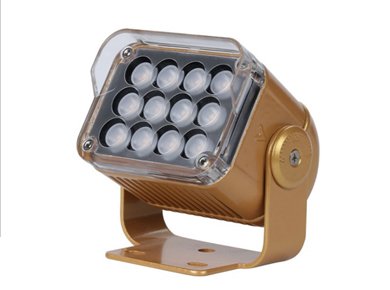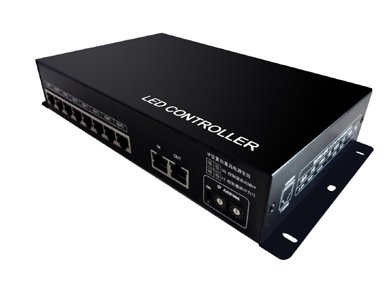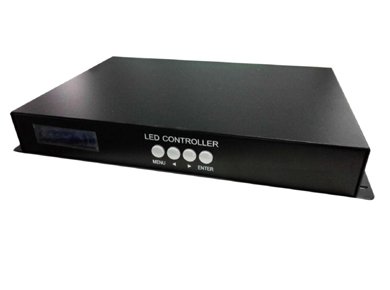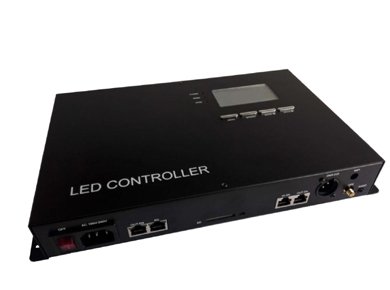The application of LED wall washer lights in outdoor urban lighting is becoming increasingly widespread. However, many customers do not know how to select appropriate fixtures when purchasing wall washer lights. There are three tips for purchasing LED wall washer lights. Let's take a look together:

Waterproof Rating for LED Wall Washer Lights
LED wall washer lights are essentially designed for outdoor use; therefore, a waterproof rating is a critical requirement when purchasing. This rating is a decisive factor in the selection of LED wall washer lights. Always make sure to ask for details. The waterproof rating should be at least IP65 to guarantee that the fixtures can function long-term under adverse outdoor weather conditions.
Control Methods for LED Wall Washer Lights
There are three standard control methods for LED wall washer lights: single color on, internal control, and external control. The single color internal control does not require a connection to a controller and can be powered directly. The internal control program is fixed and cannot be altered. External control requires a controller, and the effects can be programmed according to customer requirements, offering numerous animation patterns. Many large projects use DMX512 controlled wall washer lights to synchronize effects across multiple buildings.
Light Source Chips for LED Wall Washer Lights
There are two types of light sources for LED wall washer lights: high-power lumen imitation beads, with each bead 1-3W, and three types of chips: Epistar, Honglitronic, and Cree. The imitation lumen beads were previously used, and now, the Osram 3030 SMD beads are commonly utilized. These foreign-made chips are known for good stability. They are mainly soldered to the PCB by machines, unlike the manual soldering of imitation lumen beads. The 3030 SMD beads have more contact points with the solder pads on the bottom, providing better heat dissipation and substantially reducing the chances of cold solder joints and soldering defects. Another point to note: Now, patches are machine-applied, which is faster than manual operation. This improvement leads to heightened quality consistency and faster production rates.


 6W LED module spot light beam ...
6W LED module spot light beam ... 思域EN-402W 说明书 V1.0 (适用A1)
思域EN-402W 说明书 V1.0 (适用A1) 思域EN-508W 说明书 V1.0 (适用于A1)——PC ...
思域EN-508W 说明书 V1.0 (适用于A1)——PC ... 思域SN-500 说明书 V2.2 (适用B2, C2, C ...
思域SN-500 说明书 V2.2 (适用B2, C2, C ...